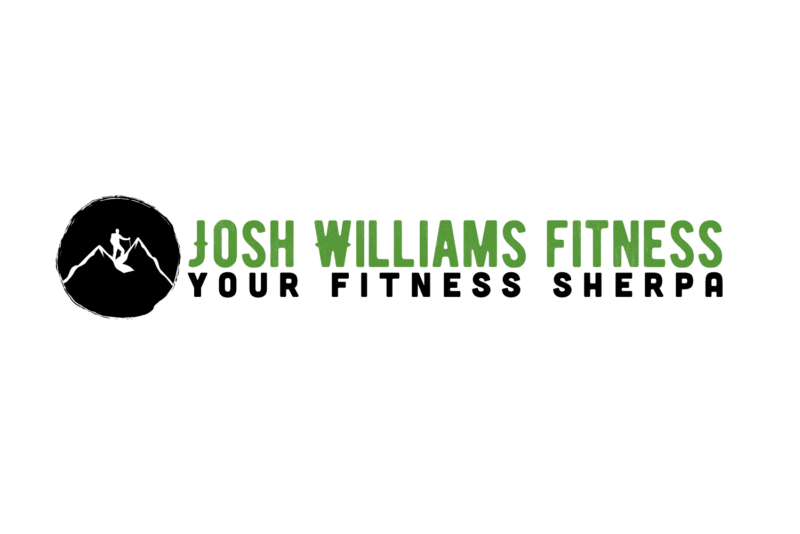If someone was to ask you how long you have been at your job, that answer might give some insight into how experienced you are.
Training age is like job experience; let me explain.
Like job experience, in the beginning, it is easy to learn new skills; over time, as you become proficient, it takes more deliberate energy to improve. If you were to step away from the job for a year or a decade, you would still have some of the knowledge you had before but would not be as proficient at your job; if you decided to come back, you might be able to pick up the skils quicker then someone that has no experience.
Training age can be broken down into these three levels, Novice, Intermediate, and Advanced.
Novice Attributes
Years of Training: 0 to 1 years
Rate of Adaptation: High
Strength Performance: Low
Need For Complexity: Low
Novice is where everyone begins, you will gain strength very quickly, but overall strength will be below in the beginning. You don’t need complex tracking of volume and yearly planned out of exercises schedules. You need the foundations of movement.
Intermediate Attributes
Years of Training: 1 to 4 years
Rate of Adaptation: Moderate
Strength Performance: High
Need For Complexity: Moderate
If you stick with working out long enough, you will be in the intermediate category. You will not see strength progress from week to week, more like month to month. However, you will be close to your strength potential at this point. And varying sets and reps and exercises every month will help you progress.
Intermediate is where the majority of people will end up. Think experienced gym-goers and even professional athletes like Football, Basketball, and any other sport that is not powerlifting or Olympic lifting.
Advanced Attributes
Years of Training: 2-6+ years
Rate of Adaptation: Low
Strength Performance: Very High
Need For Complexity: High
Advanced would be your people that dedicate their lives to the sport of Powerlifting or Olympic lifting. Their sole purpose is mastery of the lifts and movements of their competition.
The So What
Why does any of this matter?
It is good to know where you are starting. If you are beginning, you should expect to see improvements in strength relatively quickly. You need to focus on the basics of movement and showing up two to three times a week consistently.
If you have been coming to the gym two to three plus times a week for the past year, you will need to pick a few movements each month to focus on to see strength improvements.
Like stepping away from a job, if you stop working out for a prolonged period, you will lower your training age. You may retain the muscle memory, but the skill of lifting will be rusty and will take some time to regain what you once had.
Closing
If you are starting, keep it simple; start with two or three workouts a week; this is all you need to see strength improvements for the first six months. However, if you have been working out consistently for the past few years, you need to pick a few moments to focus on to see the same improvement you once did as a beginner.
Need help finding an exercise or moment to focus on? Ask a coach or myself for help.
Your Fitness Sherpa,
Josh










